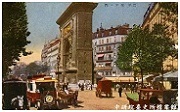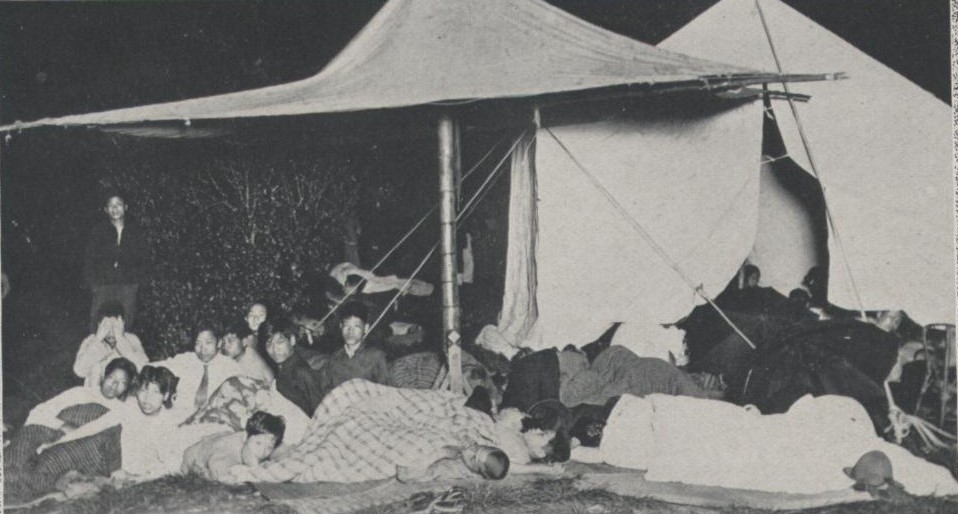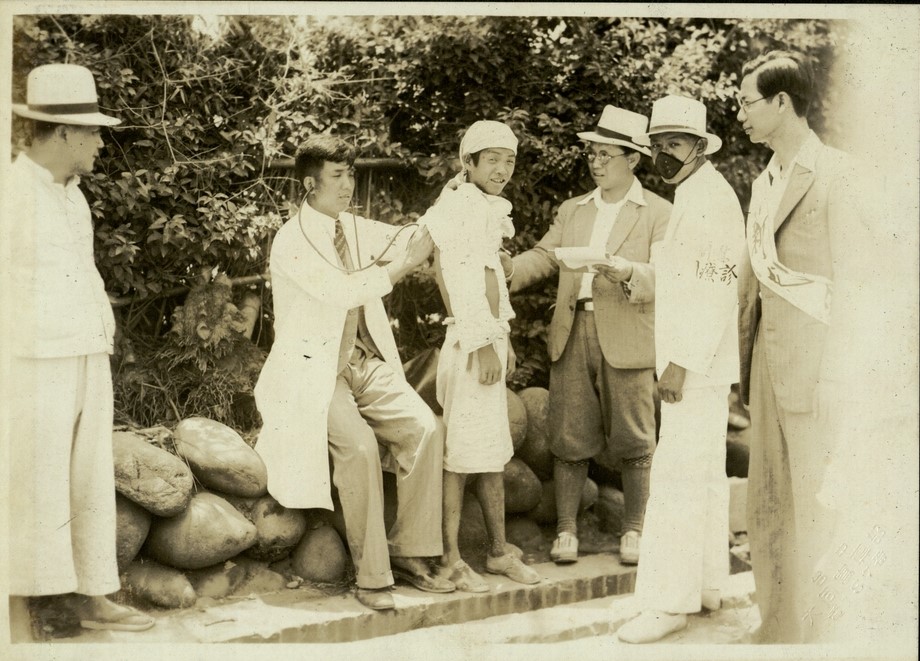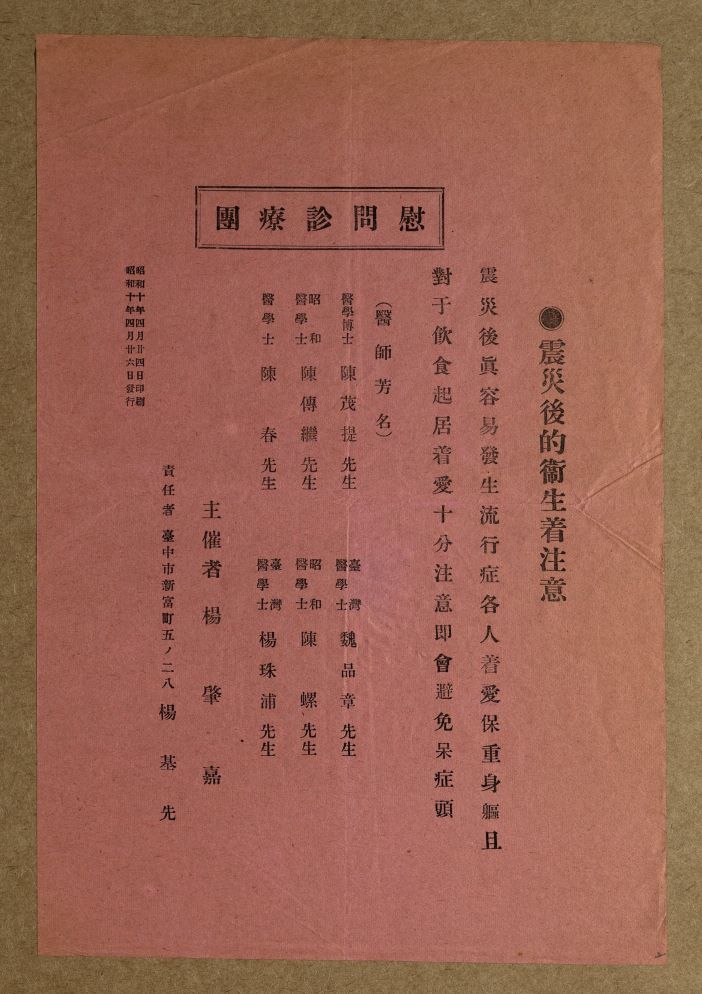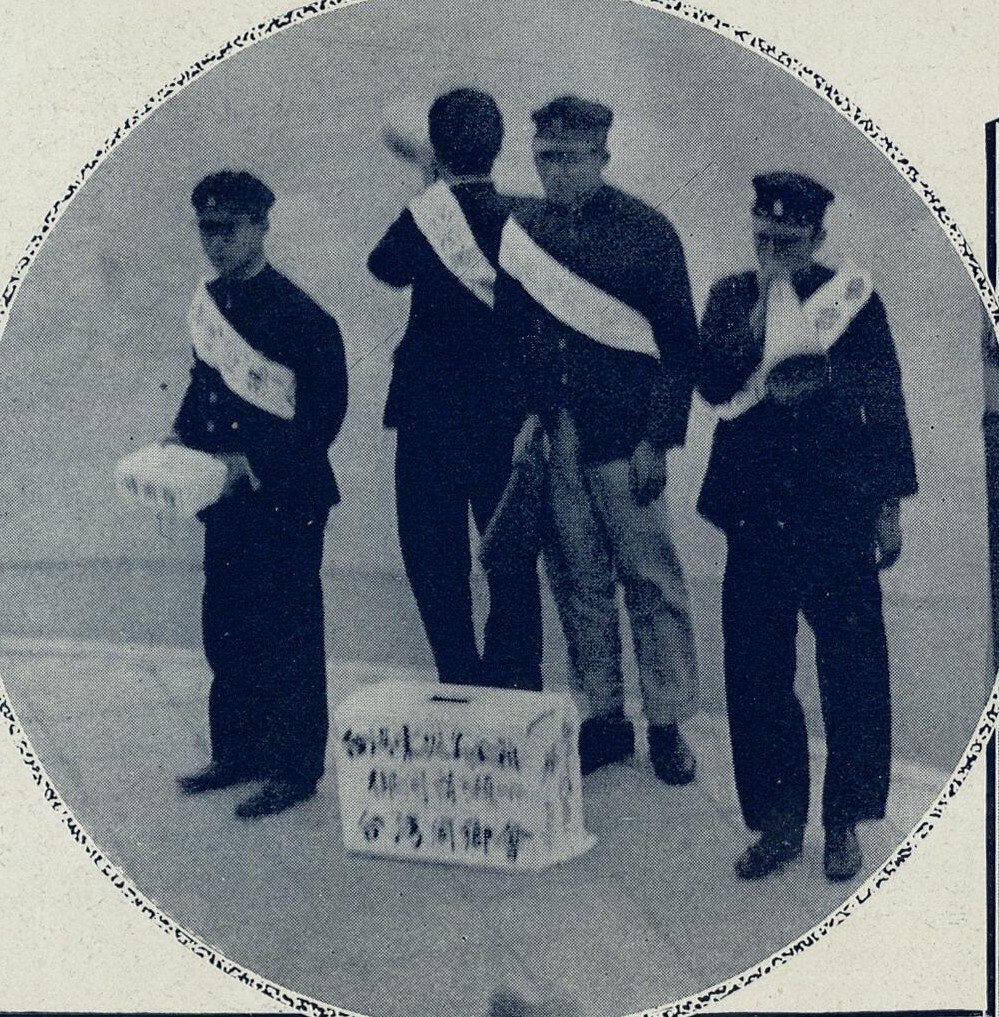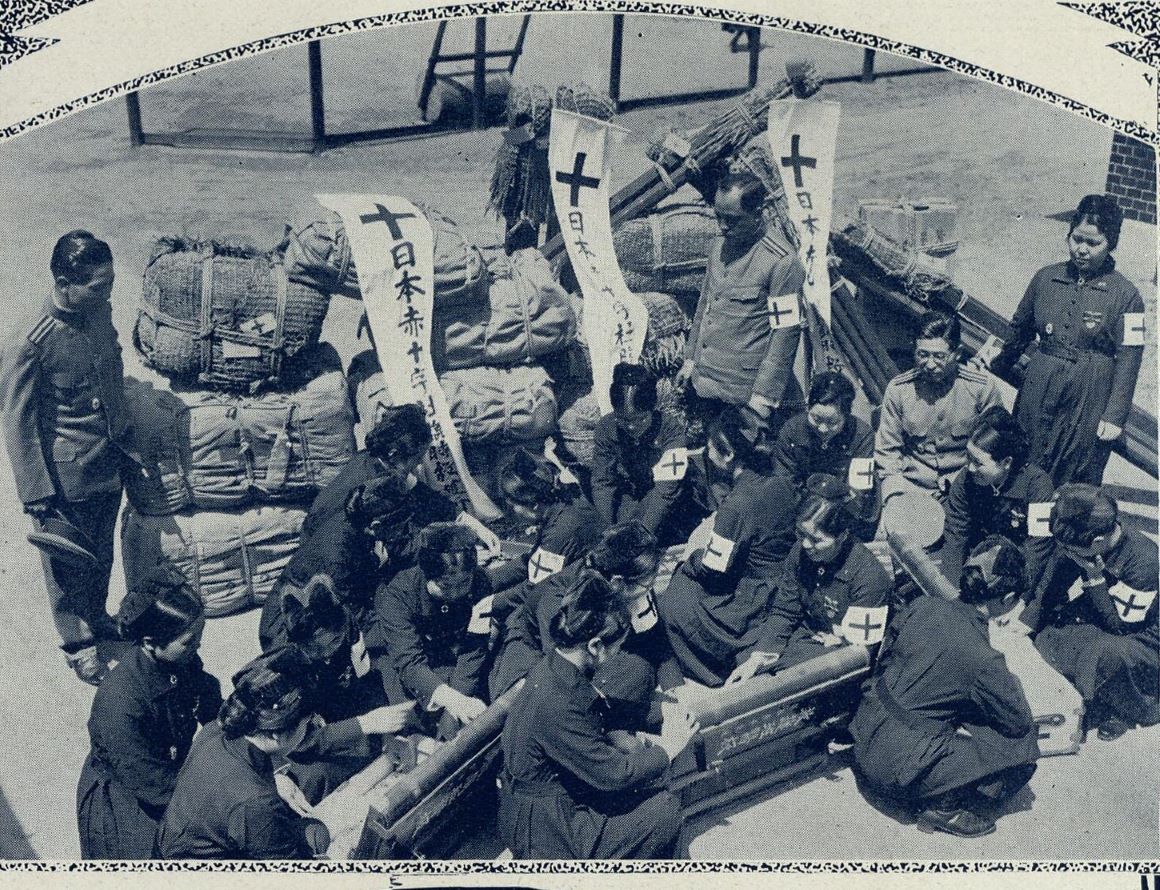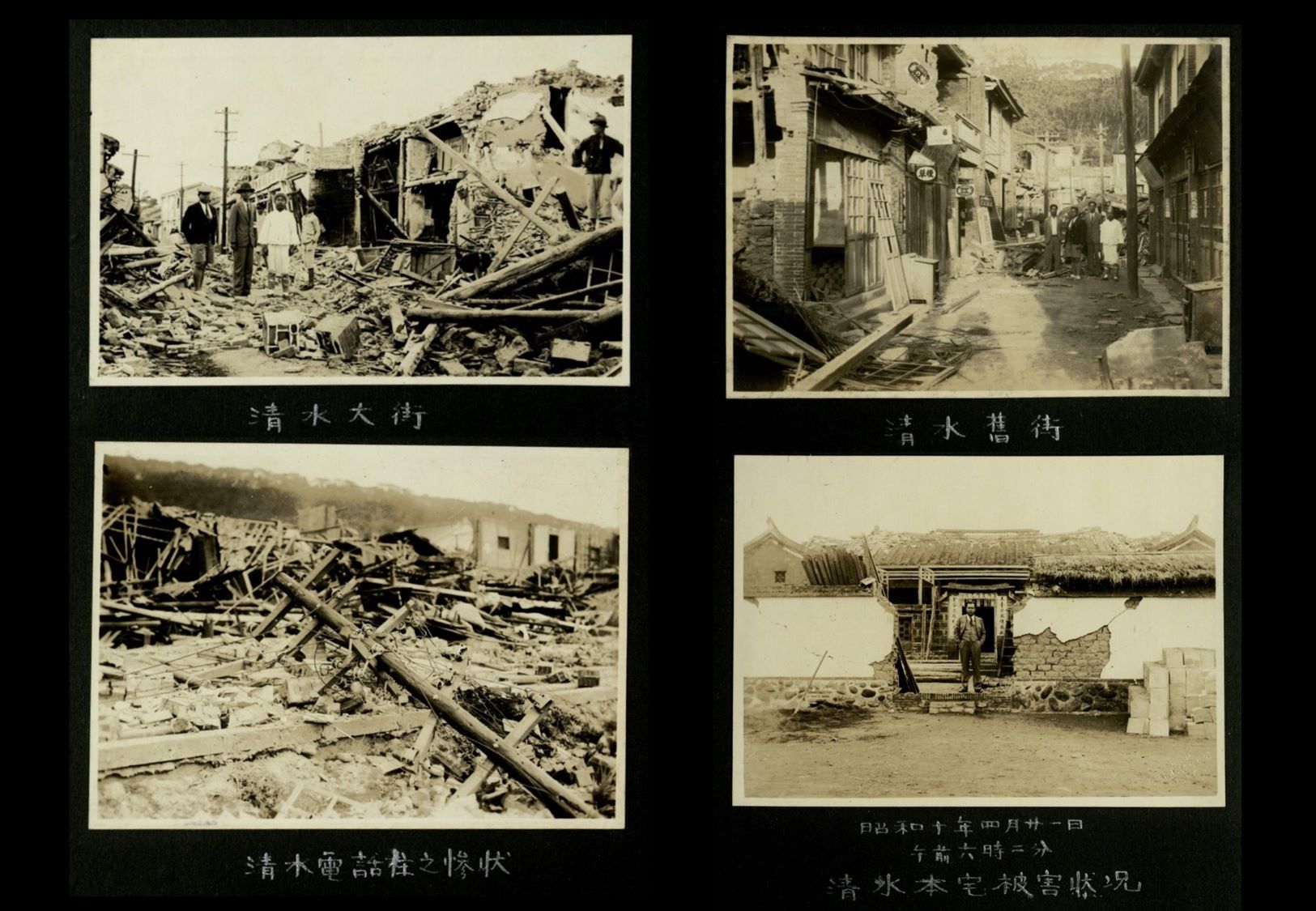|
1. The Anxious Hearts Under Aftershocks The earthquake caused significant casualties and devastation, with 280 aftershocks occurring within the first hundred days, including 120 that were perceptible. The strong tremor on July 17th resulted in 290 deaths and was particularly severe in Hsinchu Prefecture. People were fearful of the ongoing destruction of towns and the relentless aftershocks, as recorded in various diaries. Chang Li-jun (張麗俊) from Fengyuan wrote in her diary on May 5, 1935: "It was clear skies, and at 7 o'clock in the morning, there were two earthquakes. People fled like startled birds, afraid to return home to rest. The aftershocks refused to cease, prompting locals to seek temporary shelter, devising longer-term plans with cedar wood for pillars, wooden planks for walls, and lead sheets for roofs..."
Figure 8 May 3, 1935 The diary of Chang Li-jun
Figure 9 Displaced Victims Fearful of Aftershocks, Taking Refuge in the Square in Front of Hsinchu Public Hall
Figure 10 Medical Team Providing Care
Source: Photos Related to the Taiwan Earthquake of 1935 Part 1, Yang Zhao-jia Collection (LJK), 1935, Digital Collection of Archives of Institute of Taiwan History, Academia Sinica.
Figure 11 Medical Team Pamphlet, Promoting Post-Earthquake Hygiene Awareness
Source: Post-Earthquake Hygiene Guidelines, Yang Zhao-jia Collection (LJK), 1935, Digital Collection of Archives of Institute of Taiwan History, Academia Sinica.
Figure 12 Taiwanese Association Students in Tokyo Fundraising on Ginza Street
Source: Historical Photos of June 1935, Yuji Mita Collection (T1083), 1935, Digital Collection of Archives of Institute of Taiwan History, Academia Sinica.
Figure 13 Photo of Team Members Organizing Equipment Before Departure
Source: Historical Photos of June 1935, Yuji Mita Collection (T1083), 1935, Digital Collection of Archives of Institute of Taiwan History, Academia Sinica.
Following the earthquake, the Government-General of Taiwan emphasized the utmost urgency in maintaining order and providing assistance to victims. Simultaneously conducting damage assessments, efforts focused on rescuing and relocating the injured and recovering the deceased. Local police were urgently summoned, and a mobilization of health department personnel, forensic experts, public health officials, youth groups, able-bodied men, fire brigades, local militia, social welfare organizations, and civil servants formed rescue teams to provide on-site support, transport supplies, and assist in rescue operations. Due to the earthquake's disruption of communication, roads, railways, residences, and schools, essential infrastructure suffered damage, obstructing external communications. Transportation interruptions also hindered the delivery of materials for temporary shelters. Only after the restoration of railways did the pace of reconstruction and recovery accelerate.
Figure 14 Reconstruction and Refugee Shelters Post-Disaster
Source: Related Photos of the Taiwan Earthquake of 1935 Part 1, Part 2, Part 3, Yang Zhao-jia Collection (LJK), 1935, Digital Collection of Archives of Institute of Taiwan History, Academia Sinica. |
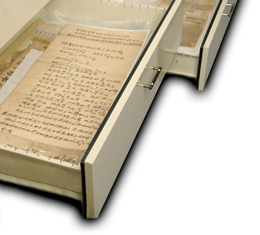 |


